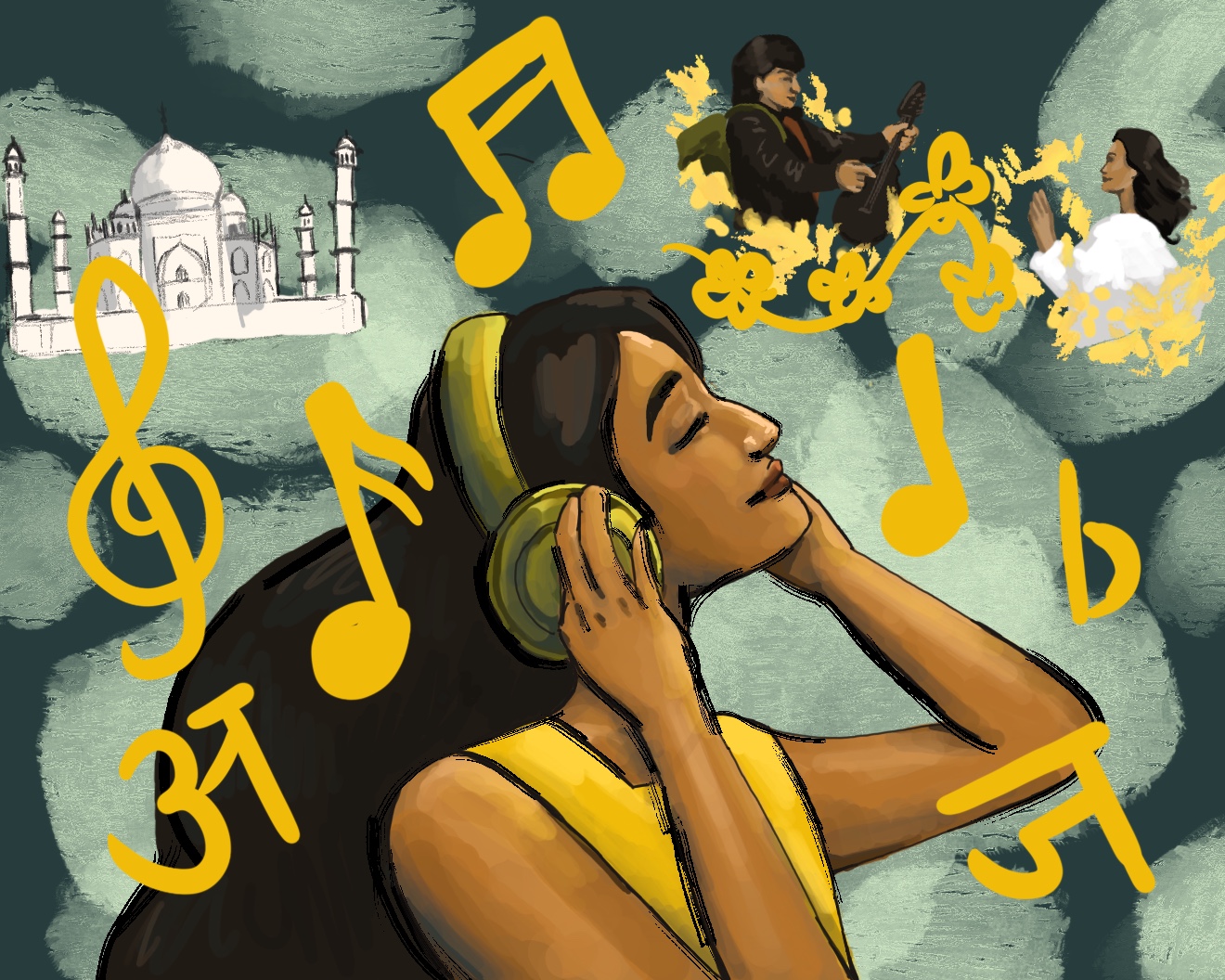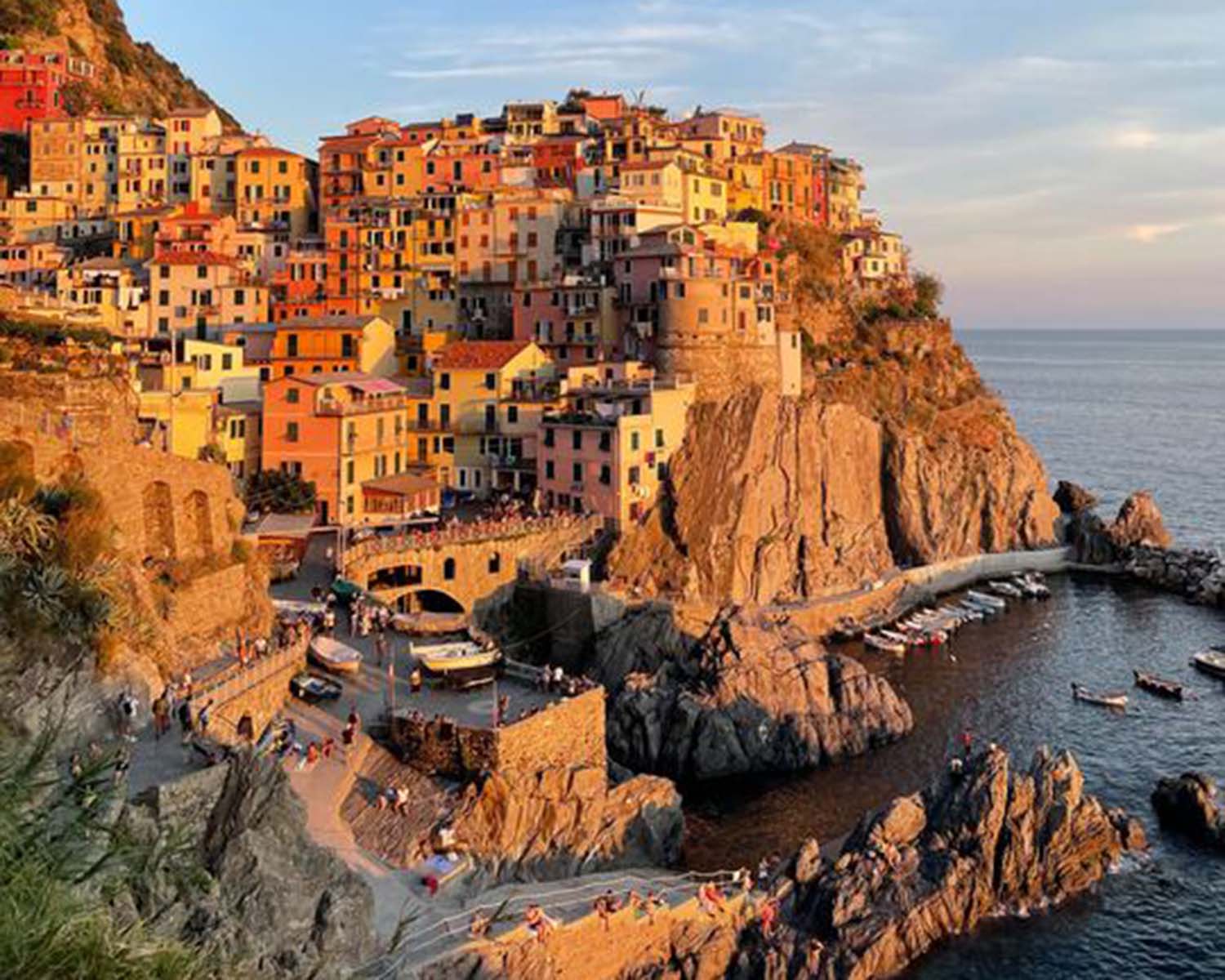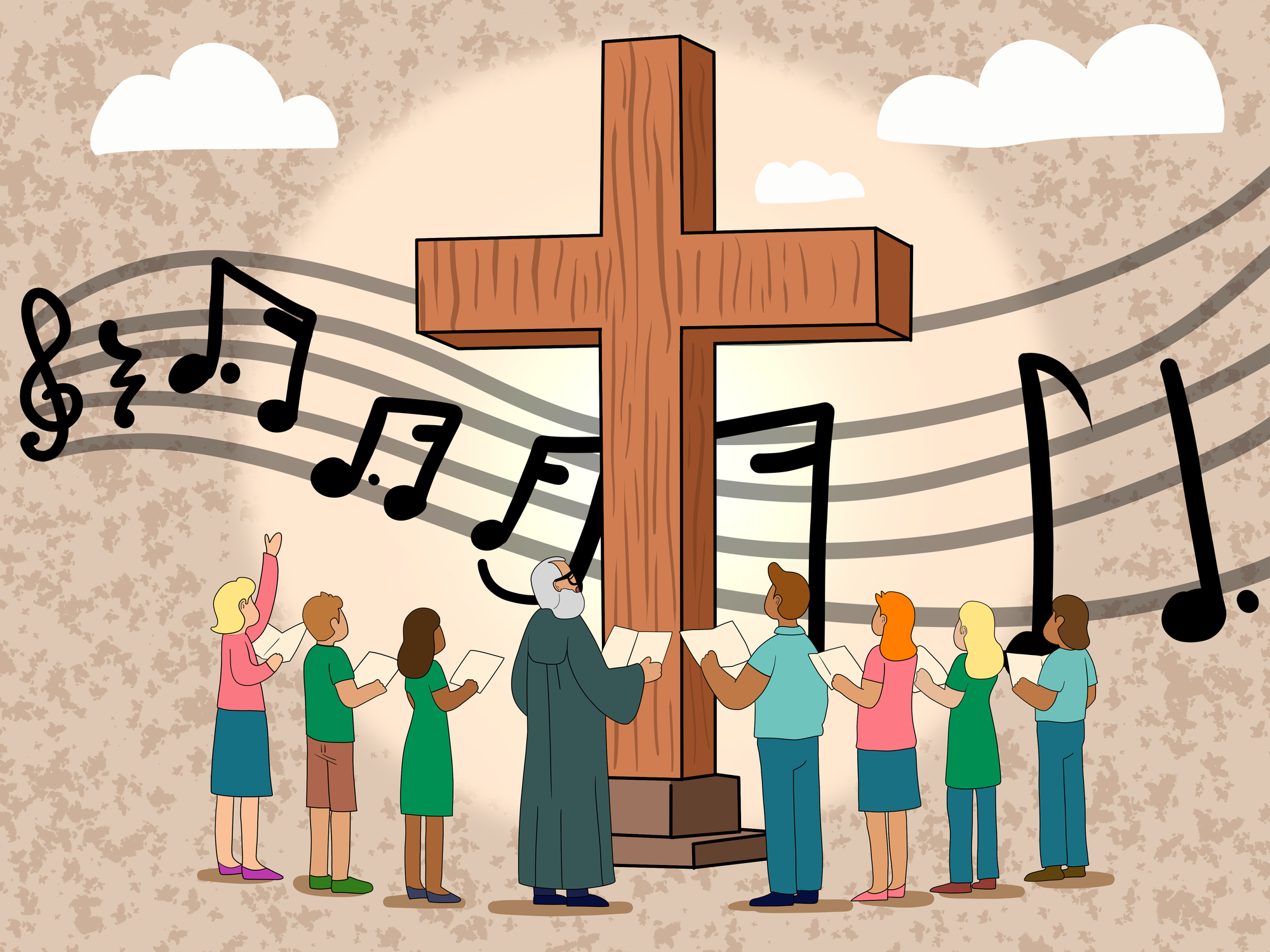Opinion: Punjabi music bridges cultural gaps, resonates across generations
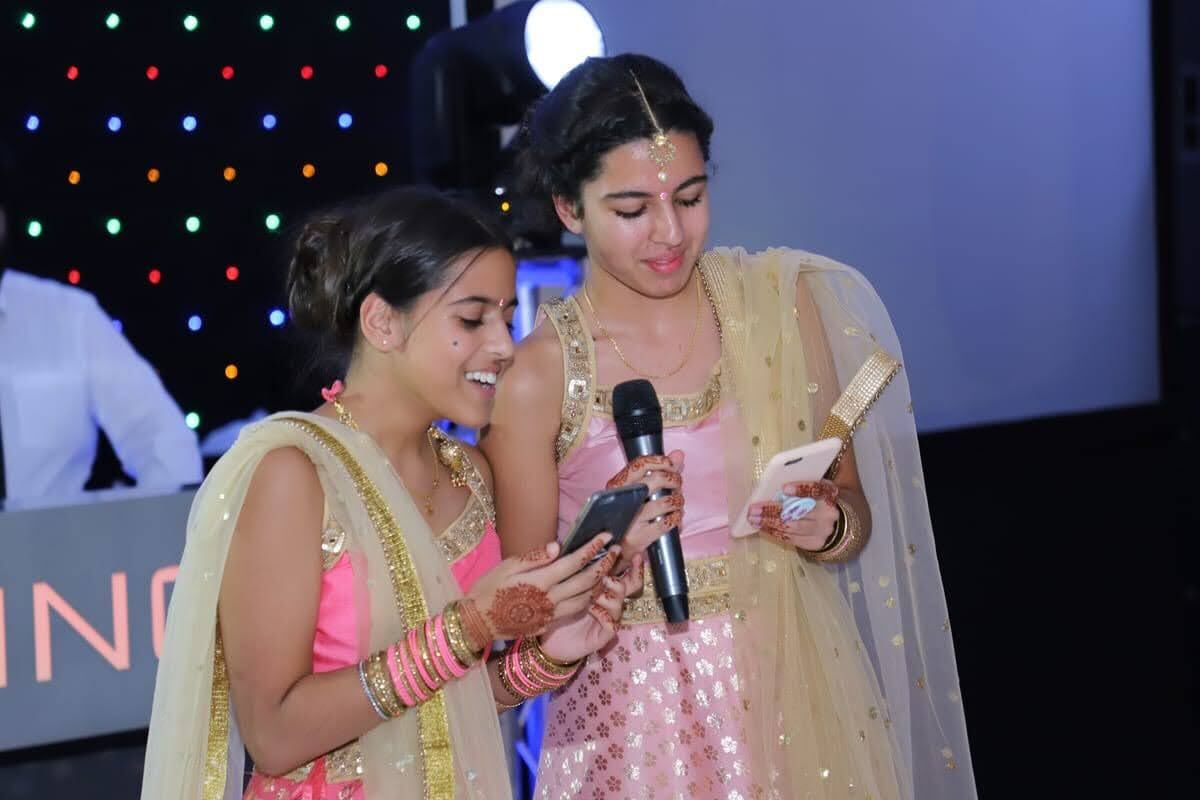
Ria Sanghera (right) and her sister Jaya Sanghera (left) give a speech at their uncle’s wedding. (Courtesy of Ria Sanghera)
By Ria Sanghera
May 24, 2024 12:06 a.m.
This post was updated Aug. 4 at 7:01 p.m.
Feeling connected to your culture when you’ve never visited the motherland, don’t know how to cook the food or speak the language, and have always lived in predominantly white areas seems like an impossible task. But music has been the route for me.
Music has carried me through many different phases of life – my emo Lil Peep phase, country Morgan Wallen era, ‘90s music with my parents, rap for the gym, Phoebe Bridgers for crying and house music for going out. I’m constantly listening to something.
Sound allows me to articulate my moods and feelings in a way nothing else can replicate. As I venture into adulthood and continue to assimilate more to my environment, music has become a means for me to connect to Punjabi culture.
Recently, Punjabi music has made its way to mainstream media, and it’s hard not to love it. Music I used to eagerly wait to end when my mum took over the aux in the car has now earned its very own playlist on my Spotify.
Besides this remarkable honor of being featured on my profile, Punjabi artists have also played at Coachella in April of this year, sang songs with Ed Sheeran and collaborated with other big names across the globe such as Tory Lanez, Yo-Yo Honey Singh, Sia and Stormzy, with new works in progress with A Boogie wit da Hoodie and Saweetie.
My cousins used to make fun of how I’ve never heard any of the Punjabi songs they play but how I know every Central Cee song lyric-by-lyric. I have felt this way from attending cultural clubs with “guess the song” games where I haven’t heard a single one and from younger relatives being able to speak more Punjabi than me when we have a 15-year age gap.
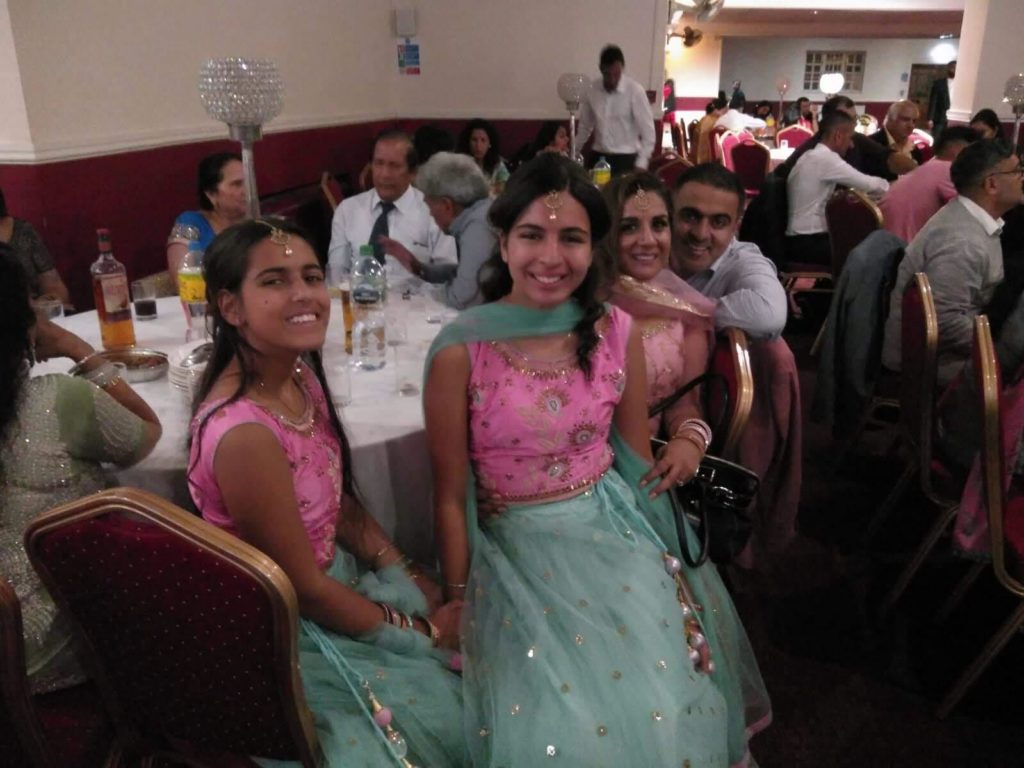
Now, I proudly listen to Punjabi music and send recommendations to my friends. Although I can only understand limited words in Punjabi, I still share the universal experience of enjoying the music through listening to the rhythms and beats with my friends – even those who have never heard the language before.
Punjabi music often features upbeat rhythms, many types of drums including the dhol drum and string instruments such as the tumbi paired with fast tempos. From weddings to birthday parties, Punjabi music is destined to bring everybody on the dance floor – whether voluntarily or not.
The mainstream recognition of Punjabi music has been largely attributed to a wave of fusing genres and an influx of modern beats. Instead of relying on folk sounds, many artists blend modern sounds of hip-hop and R&B into their songs, transcending genre and generation.
A recent TikTok trend, for example, mashes the songs “Whatever She Wants” by Bryson Tiller and “Armed” by Sukha. The trend garnered thousands of videos of people of every race and ethnicity bhangra dancing to this fusion.
The spark for this energetic revival of Punjabi music is often credited to the late Sidhu Moose Wala. Amid an incredible rise to fame in an incredibly short period, his use of rap and allusions to sociopolitical issues in rural Punjab helped him break into the Billboard charts and create a musical legacy that lives on.
When Moose Wala was fatally shot, tragedy shook the entire Punjabi community. Vigils and prayers hung over the genre from the sudden loss. But the new wave of Punjabi musical artists continues to pave the way for a blending fusion of cultures and modern adaptation while still preserving Punjabi roots.
While critics argue that the raunchy aesthetics of some Punjabi songs are a bad reflection of the culture, I find the blend of modernity and culture has helped to popularize a global fan base.
From the three-hour Indian movies I used to watch – in which every song had a flash mob of dancers – to the more suitable two-minute tunes I now listen to on my walk to class, the mobilization of the sound is immense. It allows a newer generation to connect with their culture in a way that fits into their lives more seamlessly.
But it’s not as if the older generation doesn’t appreciate the new music. This phenomenon and achievement for Punjabi artists is significant since every age can cheer on and celebrate wins for the popularization of our music and transmission of culture.
It’s a uniting sound that captures the hearts of all. It’s a car full of family members from every generation all partying on the drive to their relatives’ house.
It goes without question that the mainstream nature of Punjabi music is increasing the awareness, longevity and visibility of my culture in society.
As a culture, our core values are inclusion, bright colors, laughter, celebrations and close-knit family. Music should be light, fun, moving and open to all, and this new wave of Punjabi music especially encapsulates this.
So perhaps Punjabi music that has such a special place in my life will make its way into your playlist too.


